
The State of our Seabirds
The Te Moananui-ā-Toi / Tīkapa Moana / Hauraki Gulf is […]
... READ FEATURE
The Te Moananui-ā-Toi / Tīkapa Moana / Hauraki Gulf is […]
... READ FEATURE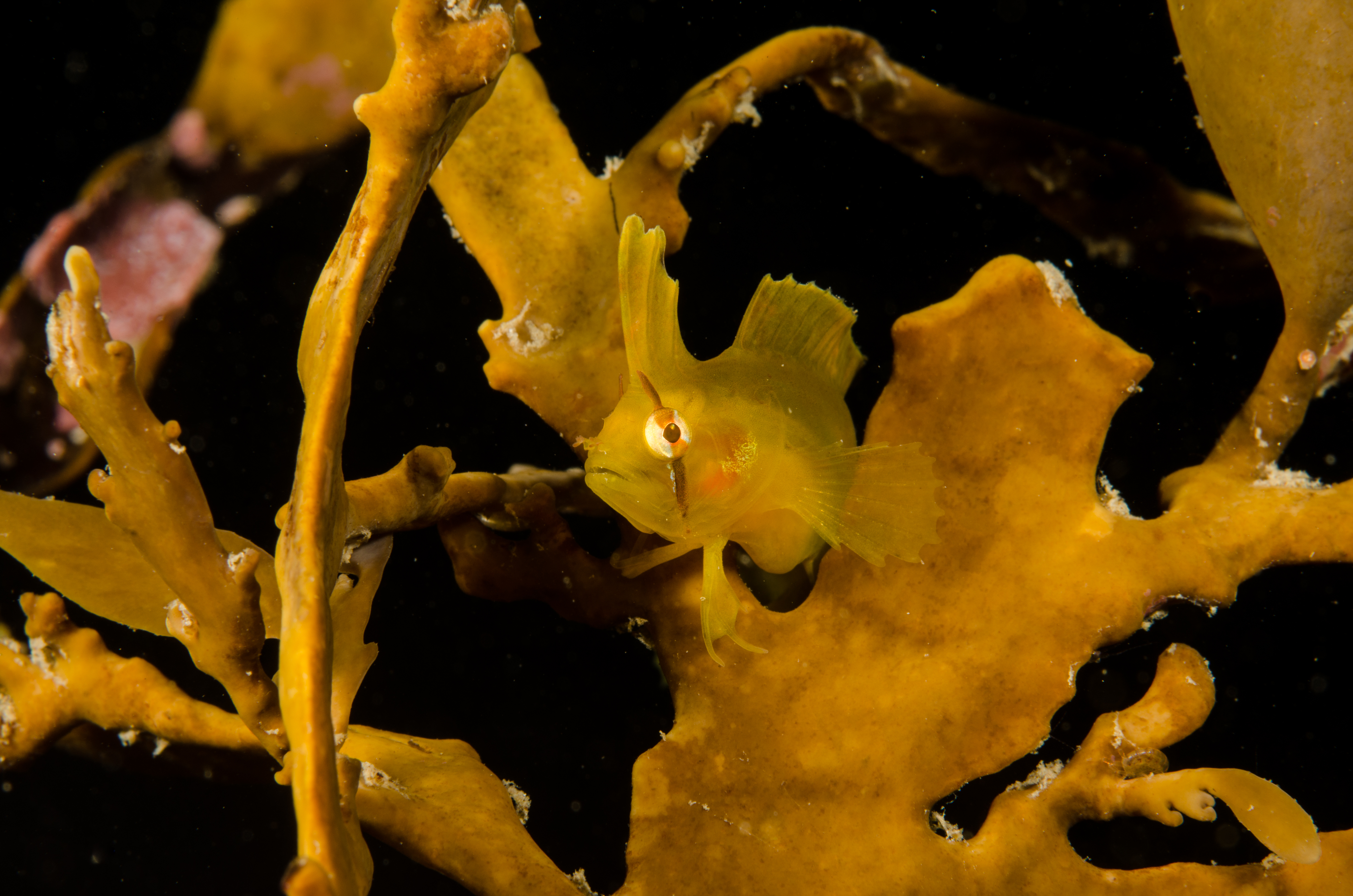
The Crested Weedfish is a skilled little predator that is […]
... READ FEATURE
New technology to connect with the Hauraki Gulf
... READ FEATURE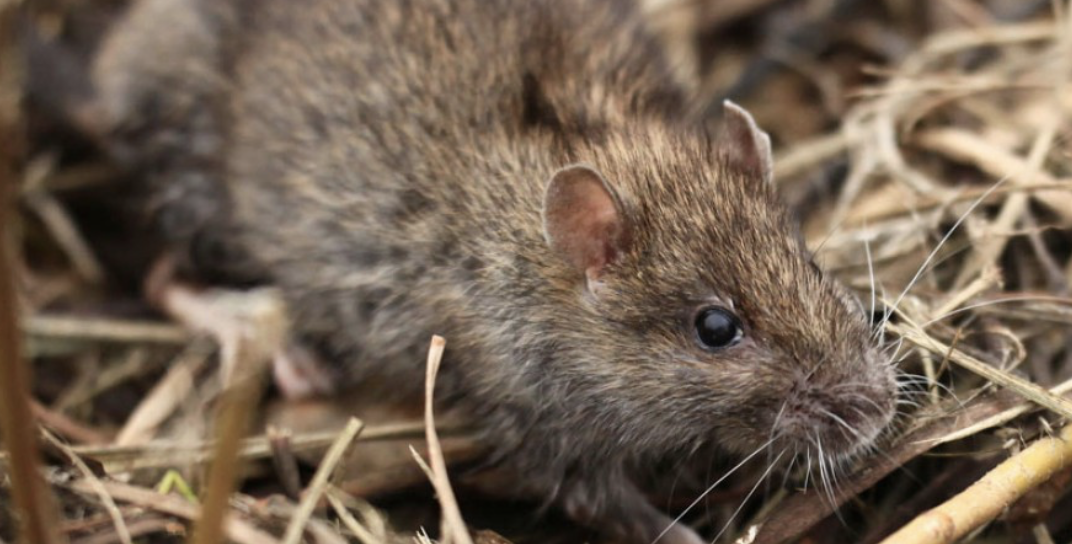
A partnership between Auckland Council, adhesives company Selleys, and peanut butter producers Nut Brothers is deploying 22,000 rat bait blocks and 160kg of peanut butter. The Talon wax blocks will be used in continuing trapping efforts on the Hauraki Gulf Islands and in remote rural areas as part of the Pest Free Auckland Programme:
According to Brett Butland, Auckland Council’s Pest Free Auckland Director, an unusually high seeding led to a wealth of food for native species. This has also fueled high populations of pests such as rats and stoats. These pests pose a serious threat to native wildlife as predator populations build up during the spring and summer months.
“We want to stay ahead of the game and ensure our predator free islands remain that way.”
“We know that rats prefer organic oils – like the ones contained in peanut butter – and they’re more likely to draw the pests to the bait stations. The rat bait and peanut butter work really well together.”
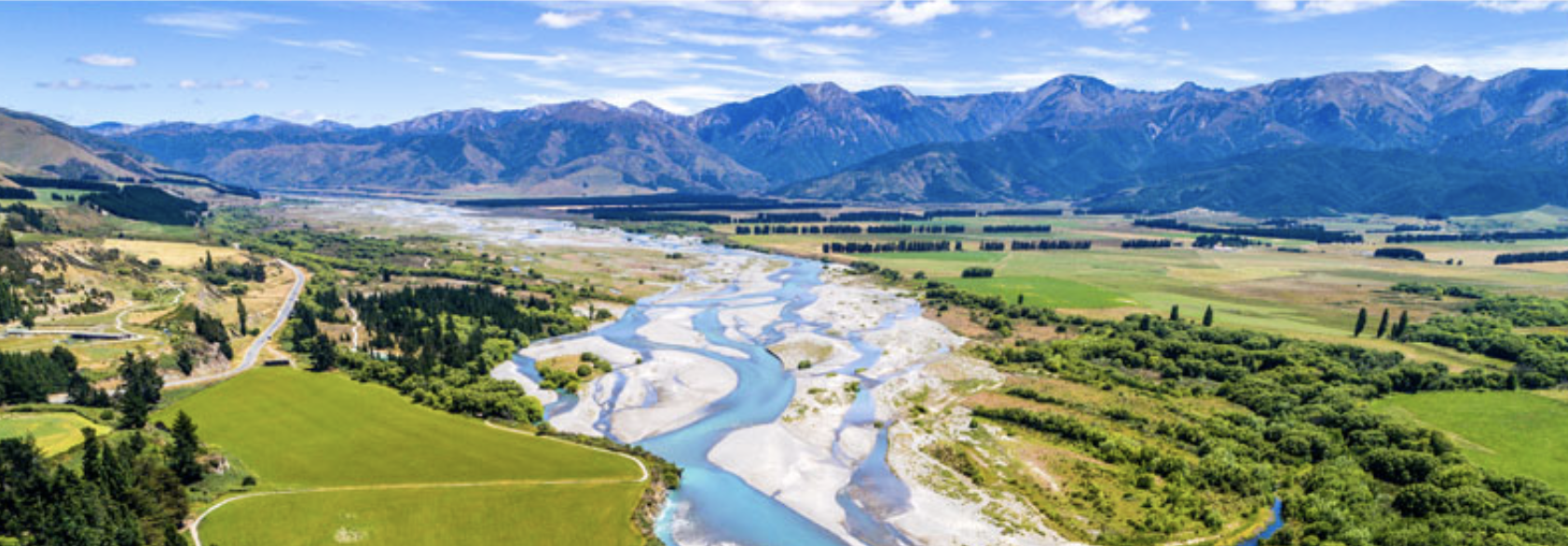
The Ministry for the Environment has launched consultations on improving management of New Zealand’s rivers and lakes: “Action for Healthy Waterways: A Discussion Document on National Direction for our Essential Freshwater”.
As the discussion document notes our fresh water is suffering as a result of human activity, primarily from urban development, agriculture, horticulture and forestry. Urgent action is required to stop an already bad situation getting worse. Proposed action includes: better management of stormwater and wastewater no further loss of wetlands and streams tighter controls to prevent sediment loss from earthworks and urban development farmers and growers understanding and managing environmental risks and following good practice new standards and limits on some farming activities in some regions or catchments.
Beyond those proposals the Government is also working on other parts of its plan for freshwater, including allocation of allowances to discharge nutrients, institutional/oversight arrangements for the freshwater management system, and addressing Māori rights and interests in freshwater.
It is important that you have your say on these landmark reforms. Submissions will be accepted until 31 October 2019.

Edin Whitehead and team report on the wide range of threats affecting seabirds, and outline how, in the face of drastic decline, there are things we can do to address some of these threats.
... READ FEATURE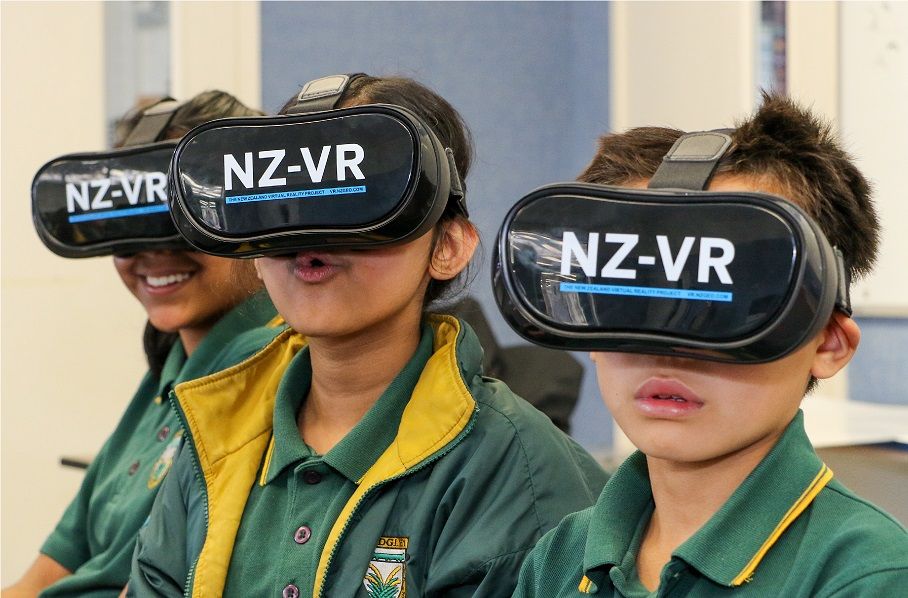
Using virtual reality experiences to change hearts and minds.
... READ FEATURE
Te Mana, te Ihi, te Tapu o Tikapa Moana
... READ FEATURE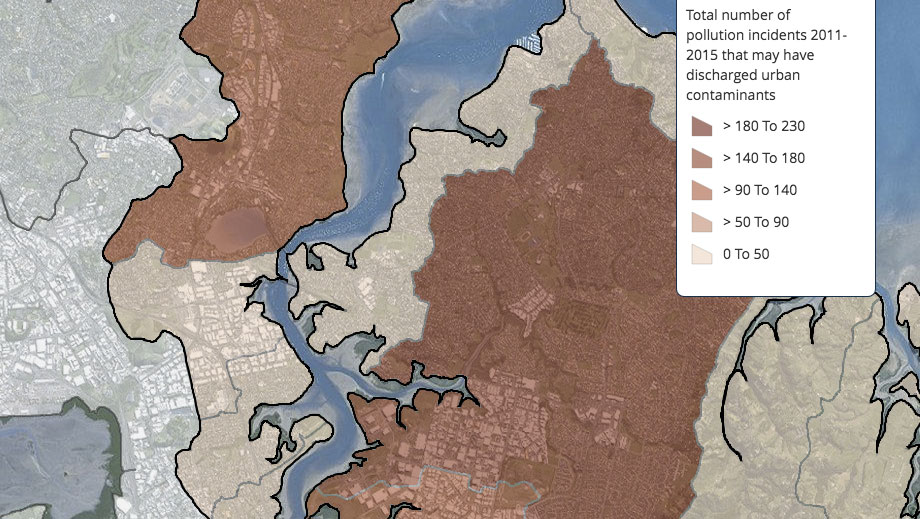
Auckland Council’s Healthy Waters team are creating “story maps” showing the current state of Auckland’s freshwater, estuarine and coastal watersheds, highlighting issues and cataloguing responses. They have shared then with stakeholder groups to incorporate feedback and knowledge and will update content in phases in 2018. See the story maps here.
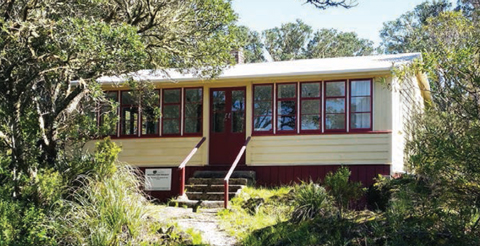
Two baches from the 1920s and 1930s restored by the Rangitoto Island Historic Conservation Trust are proving popular on the Bookabach website. Both have been lovingly restored in keeping with their age; self-contained and with the convenience of solar power and chemical toilets. They are currently full through until February. Book a batch here

The Auckland Communities Foundation has launched a new website making it easier for people to make a lasting difference to the Gulf and beyond.
Foundation CEO Dellwyn Stuart says “A lovely couple we know, have, like many others, lived a good life in Auckland. Nothing flashy, just an everyday great Kiwi life. They appreciate that the city has been good to them. They’ve had lots of opportunities and turned them into successes. Time out on the harbour and its beaches has played a big part of their weekends and holidays. In their 60s now, fit and healthy, they travel a lot and recently turned their mind to their wills and what they will do with the bounty from a good life. They had heard about the community foundation and liked the model. It appealed to them in its simplicity as the ideal place for them to leave a specific gift from their estate. They want that gift to go towards ensuring children of future generations get to know our harbour, care for it and enjoy it as they have.”

Foundation North’s new Gulf Innovation Fund Together has committed its first tranche of funding following a series of ‘innovation labs’ and an ‘igniting ideas’ panel.
The fund is offering an initial $50,000 for early stage prototyping of ideas that respond to the issues identified in the Forum’s State of our Gulf assessments.
Foundation North has allocated $5 million to the fund over five years. Further proposals are being sought.
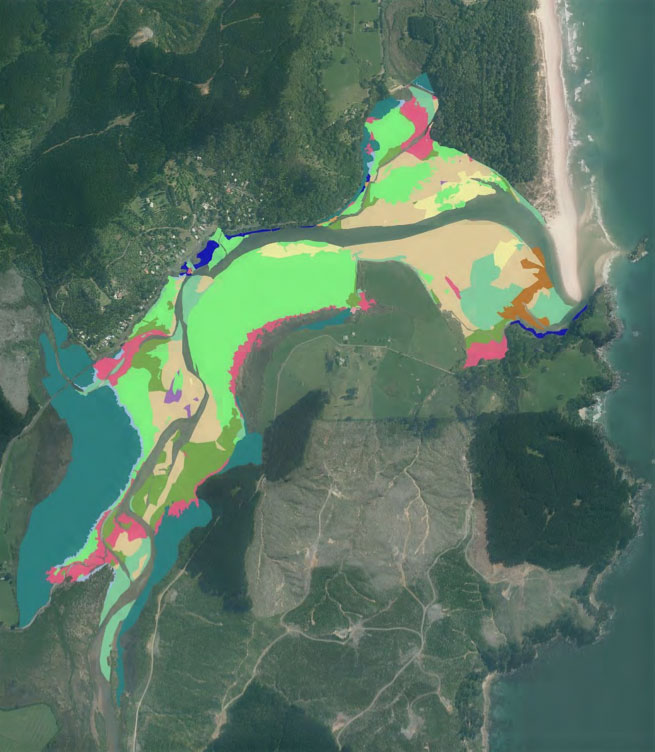
The Waikato Regional Council has published a stocktake of information on marine biodiversity in the Waikato region.
The report covers different ecological groups (benthic communities, estuarine and coastal vegetation, fish, birds and marine mammals) and four important subtidal biogenic habitats (rhodolith beds, shellfish beds, seagrass beds and sponge gardens).
It assesses the sensitivity of species and habitats to specific pressures and their significance for biodiversity in the Waikato coastal marine area.
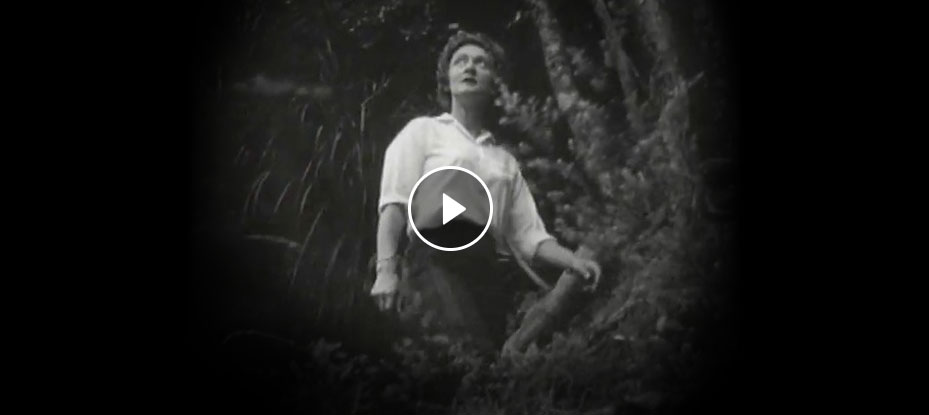
The ground-breaking Islands of the Gulf TV series made in the 1960s is being remade by daughter of original presenter Shirley Maddock.
Islands of the Gulf was (narrowly) New Zealand’s first, locally-made TV documentary series — written, presented, directed and produced by the country’s first female producer, Shirley Maddock.
Actress, playwright and travel writer Elisabeth Easther follows her mother’s footsteps catching up with people and changes to the Gulf’s islands. The new series will screen in June.
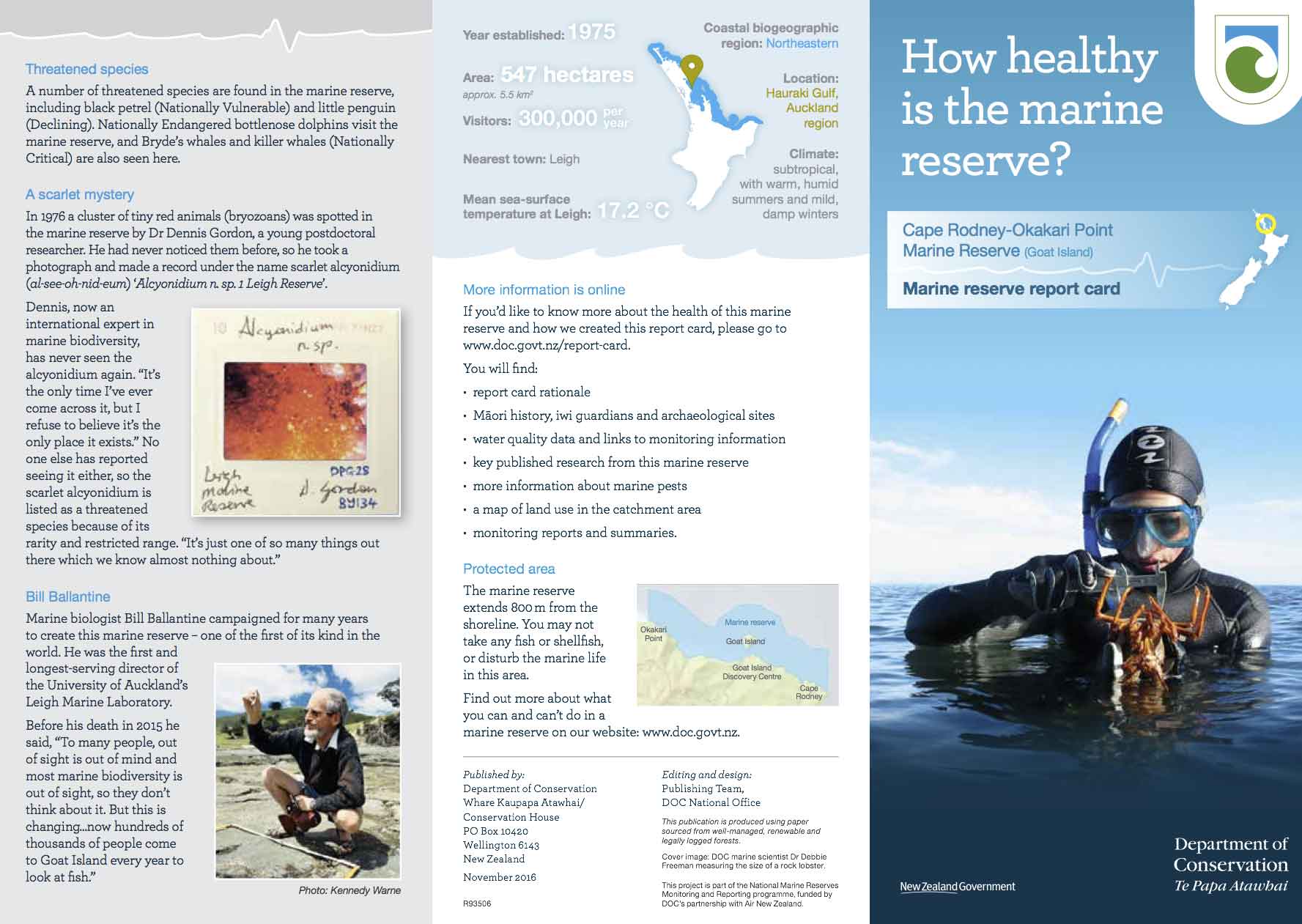
The Department of Conservation is publishing report cards to provide a summary of the health of marine reserves.
The first two are for the Cape Rodney to Okakari Point Marine Reserve at Leigh and Tawharanui Marine Reserve. Both show declining numbers of rock lobsters.
www.doc.govt.nz/nature/habitats/marine/marine-protected-areas/marine-reserve-report-cards/
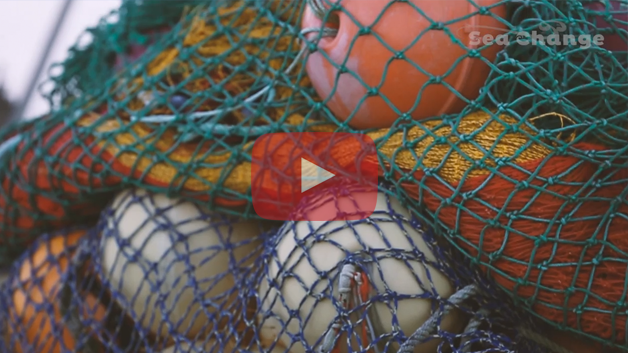
A Hauraki Gulf / Tikapa Moana marine spatial plan launched in December after three years work by a stakeholder working group is available on the Sea Change – Tai Timu Tai Pari project website.
The proposed plan contains five pathways designed to create long-term health and wellbeing for the Hauraki Gulf Marine Park. Transitions to high value wild caught and farmed fisheries, the creation of marine reserves areas and scaled up restoration initiatives, setting load limits and mitigation for sediment and nutrients, local-scale coastal management and ambitious public engagement are outlined in the December issue of the Gulf Journal.

New Zealand has a new action plan setting targets for protection of our unique native animals and environment.
Conservation Minister Maggie Barry says New Zealand’s Biodiversity Action Plan 2016-2020 sets out how to turn the tide of biodiversity loss and counter threats to native species.
The updated Action Plan includes Predator Free 2050, the Government’s commitment to ridding the country of rats, stoats and possums.
It also includes targets to rid 500,000 hectares of wilding conifer infestation and expansion of the Healthy Nature, Healthy People programme.
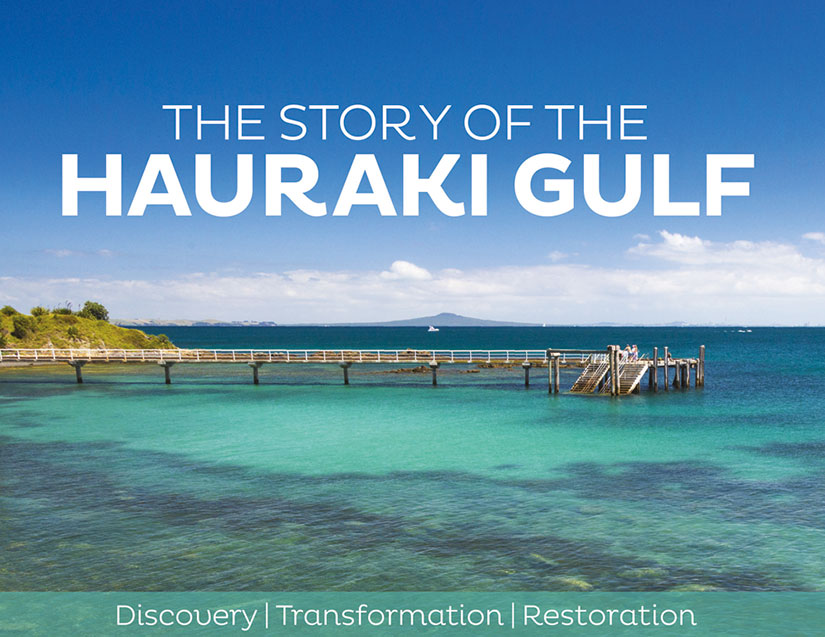
A new coffee table book on the ecological history of the Hauraki Gulf was launched this month charting its discovery, transformation and potential for restoration.
Author Raewyn Peart travelled widely through the marine park interviewing over sixty people – iwi leaders, those making a living from the Gulf, sailors, fishers and divers, and environmentalists who are all working to preserve and restore its heritage.
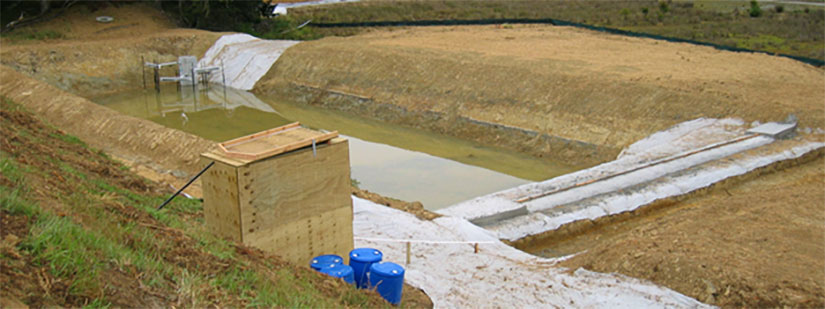
Auckland Council has recently revised its Erosion and Sediment Control Guide for Land Disturbing Activities in the Auckland Region.
Known as GD05 it provides technical guidance for the selection, design and use of erosion and sediment control practices and measures.
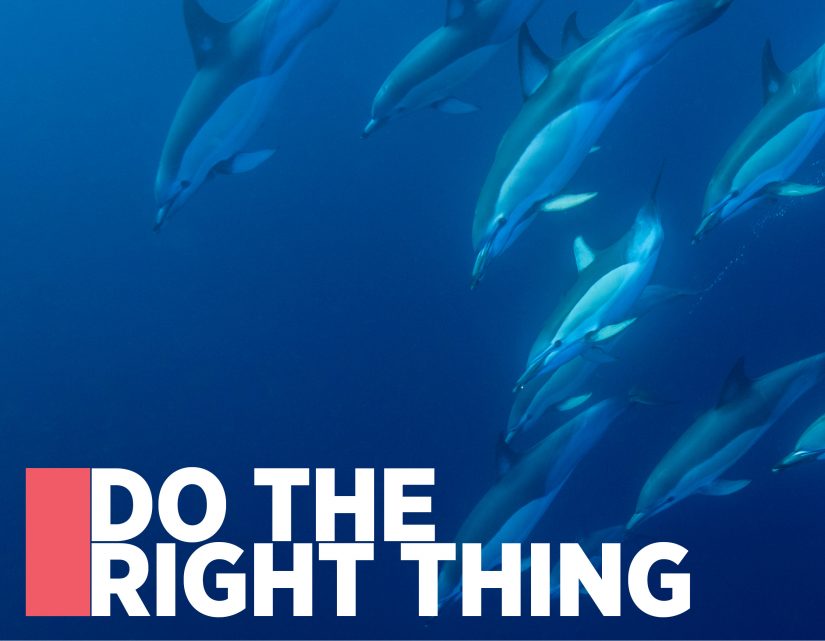
The 2016 Hauraki Gulf Marine Park Seminar asks what it takes to Do The Right Thing
The Hauraki Gulf Forum has assembled an outstanding line-up of speakers for its seventh annual seminar on Tuesday, September 13 at Auckland Museum.
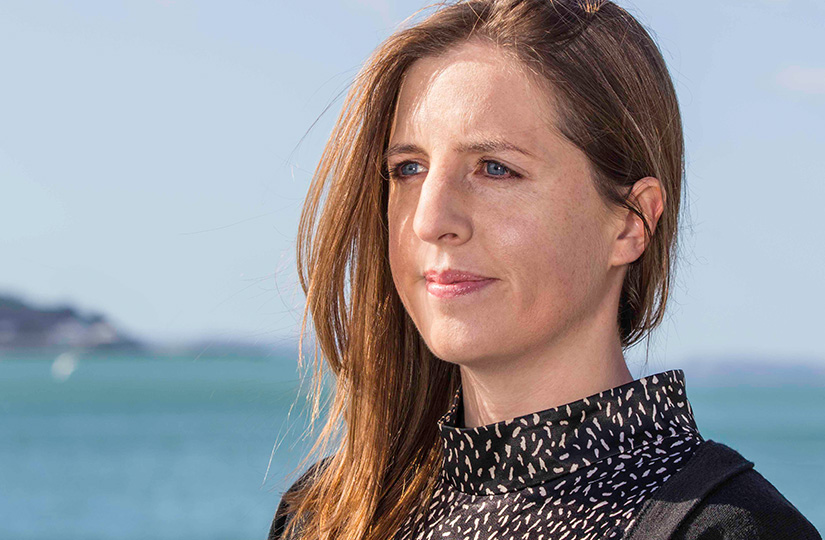
A provenance model would require driving up the value chain in terms of product diversity, quality, and utilisation.
... READ FEATURE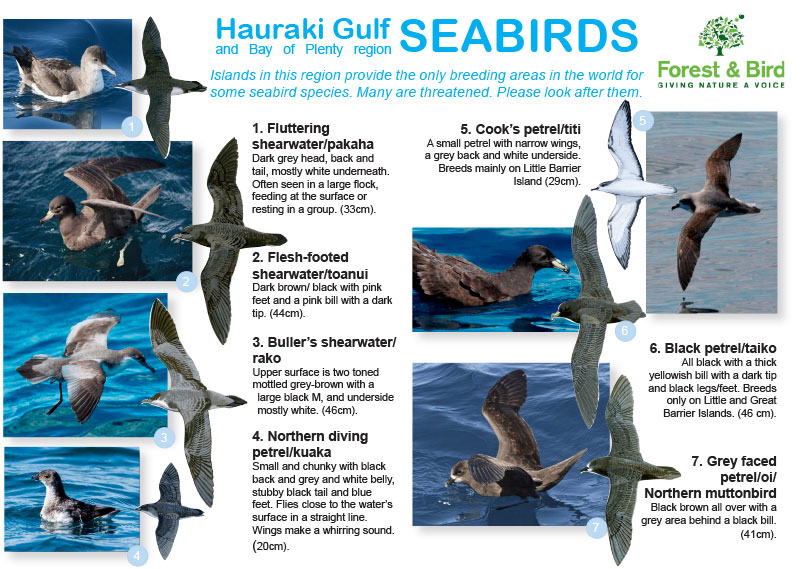
Forest & Bird has produced a new guide to the seabirds of the Gulf, especially for fishers.
The flyer features 15 of the most commonly seen (and caught) seabirds and includes tips on how to avoid catches of seabirds and ways to safely release them if you do.

The sixth series of Hauraki Gulf Marine Park posters featuring ‘Icons of the Gulf’ was published by the New Zealand Herald in February.
The Hauraki Gulf Forum- produced posters feature the Gulf’s ‘treasure islands’, whales and dolphins and the Goat Island marine reserve.
The posters are also distributed to all schools through Auckland Council and Waikato Regional Council education programmes.
The submission period on the Government’s proposed new approach to marine protection closed this month.
A consultation document outlines four new forms of protected areas – marine reserves, species-specific sanctuaries, seabed reserves, and recreational fishing parks – to replace the Marine Reserves Act 1971 and proposes a recreational fishing park in the inner Hauraki Gulf.
The Hauraki Gulf Forum recognises a new approach is needed and sees potential in application of the new categories in the Hauraki Gulf/ Tikapa Moana.
Its advocacy for the Sea Change Tai Timu Tai Pari marine spatial planning process is also consistent with the approach’s emphasis on collaborative process.
Chairman John Tregidga said a carefully integrated package of measures was needed to address the issues of decline identified through recent State of our Gulf assessments and to resolve protection and utilisation needs.

The Ministry for Primary Industries has initiated a review of the fisheries management system to ensure it is fit-for-purpose and that fisheries are managed sustainably into the future.
The Fisheries Act and the Quota Management System have been in place for 20 and 30 years respectively and the ministry said that while the system is sound, it is timely to examine how the system is operating and if processes can be improved. Feedback has been sought through community drop-in sessions and formal consultation will be undertaken next year.
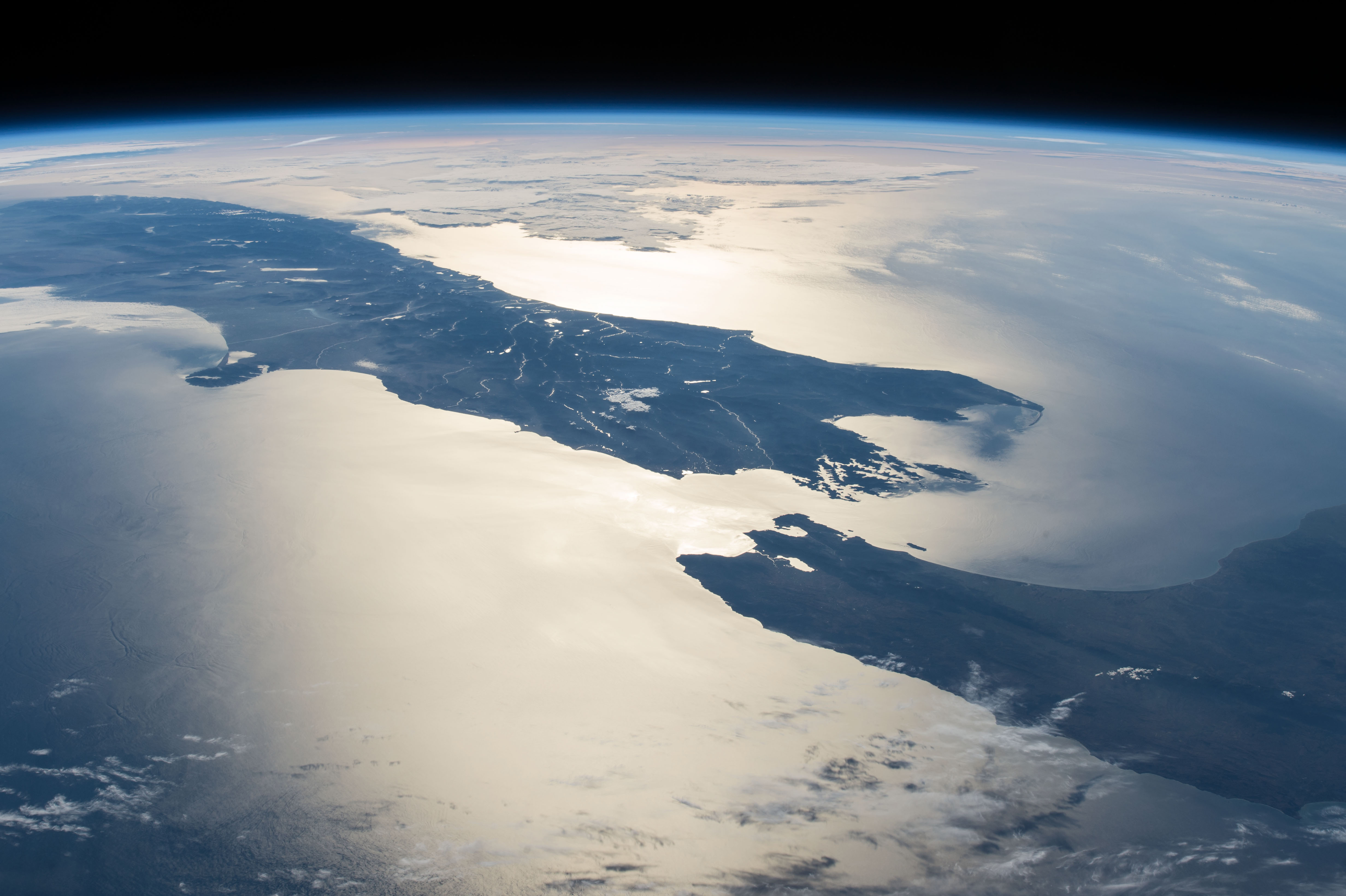
The McGuinness Institute, an independent New Zealand think tank, launched a new report One Ocean: Principles for the stewardship of a healthy and productive ocean in March.
Institute CEO Wendy McGuinness says “developing a responsive public policy framework to guide decision-making is difficult. Pressures on the New Zealand marine estate are increasing, so there is a critical need for a well-designed package of instruments to govern ocean use and protection.”
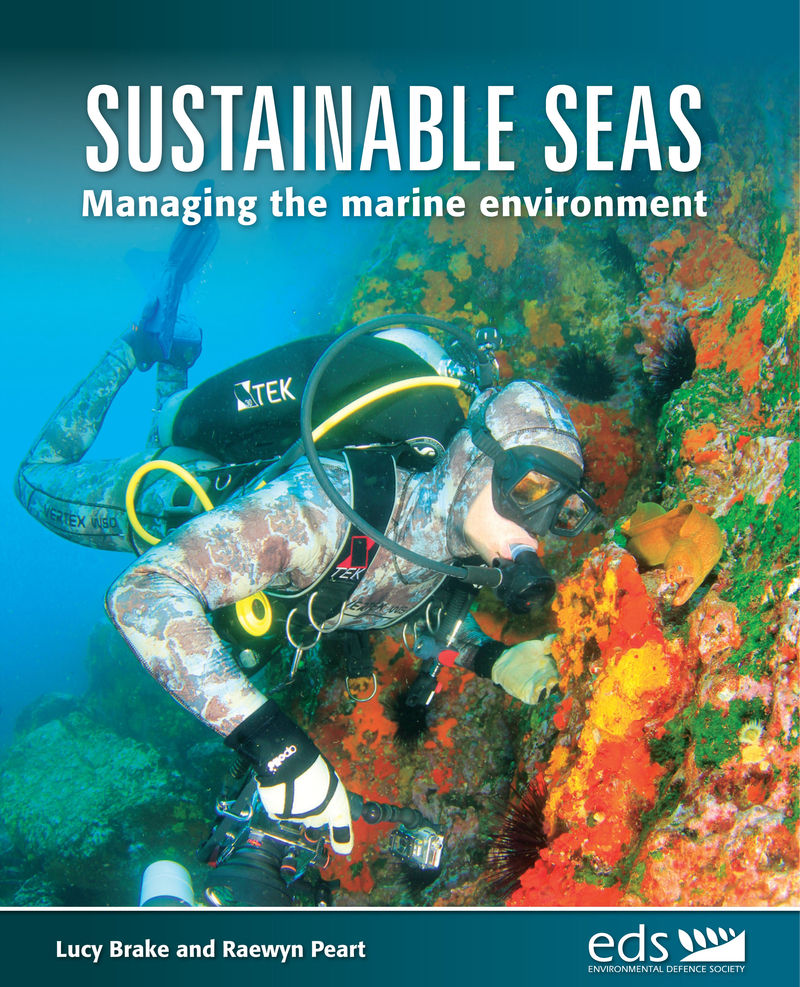
The Environmental Defence Society this month launched Sustainable Seas: managing the marine environment, the first comprehensive guide to the management of New Zealand’s marine environment.
EDS says the book demystifies a complex legislative framework by clearly describing how decisions affecting the marine environment are made and by whom.
Minister for the Environment, Hon Dr Nick Smith launched the full colour, 432-page publication written by Lucy Brake and Raewyn Peart.

WWF International has released a briefing on “the blue economy,” a term becoming commonly used in economics, agriculture, and conservation contexts.
“For some, blue economy means the use of the sea and its resources for sustainable economic development,” suggests WWF. “For others, it simply refers to any economic activity in the maritime sector.”
The report Principles for a Sustainable Blue Economy has been developed to avoid ambiguity and to
“ensure that the economic development of the ocean contributes to true prosperity, today and long into the future.”